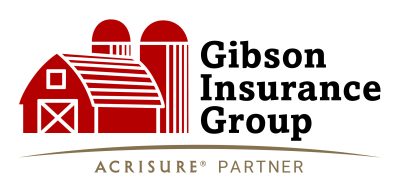Often, when we as cattle producers look at the current cattle market we convince ourselves it is not as good as it really is. We tend to remember the extreme profits and highs generated just a few years ago. Truth be known, the cattle market has done well over the last few years, and even more so within the last 12 months.
Feeder cattle are currently trading in the $166 range. This is a price increase of 19% over a year ago. Most producers would agree that cattle prices are good but argue the cost of inputs have also increased, in particular, corn. Yes, we have seen an increase in corn, but not as much as one might think. Today the price of corn is just up 13.31% over this time last year. Forage prices in the Midwest do not reflect this same price increase. Prices have remained relatively constant during the last 12 months. The good news is feeder cattle depend more on forage than they do grain during this growing stage. Fed cattle are more grain intensive to produce using a more considerable amount of grain. Fed cattle prices have increased 21.65% over the past year, which have provided good margins in 2021.
Do we think the market will remain strong in 2022?
One lesson we have learned since Covid is how volatile this market can be. We can recall the recent challenges we have faced in the cattle industry that have shook the market to the core. Mad cow disease, the Tyson Packing Plant fire, and worker shortages causing shutdowns. These all took extreme tolls on the price of cattle. The industry has been very resilient and bounced back each time. Because of this I believe this answer is two-fold in how the cattle market is likely to stay strong.
First, our cattle numbers are down to levels similar to the 1950s. Reports show we have liquidated 3% of our cow herd in 2020 and another 10% in 2021. Dairy cow slaughter is also up 6% from last year. Current beef cow inventory for 2022 is estimated at 30.2 million head. This is down 1 million from just the last few years. To top this off we are seeing slaughter weights come down as feedlots are staying relatively current with their inventories. I believe this is because more feedlots are slaughtering at lower target weights as opposed to “over” finishing an animal. This is truly more cost effective due to the high grain prices. There is no data I can point at to prove this, but this is my observation.
The second reason the market is likely to remain strong is because of demand. As retail beef prices have increased the demand has not seemed to be affected. This means our product has remained very inelastic. 2021 exports were up 17.5% over the prior year. In fact, 2021 beef exports reached 115,709 metric tons in October. That means in just the first 10 months of 2021 we reached $8.53 billion in exports, which is the highest in history. Early beef export projections show 2022 exceeding the already record highs from 2021.
This is all positive news, but we must remain cautious. The livestock market is not like the grain markets where we can store a commodity over long periods of time. When an animal is finished it must be moved to slaughter regardless of what else is happening in the world. When we see events like mad cow disease, African swine fever, and diminished packing capacities we feel what these challenges can do to our market. Supply chain issues often linger as a result of these challenges and are hard to overcome.
I also have great concern about the current world political tensions and how they will affect the markets. I believe meat markets may be more at risk than grain markets due to the end consumer purchasing our products. To what degree the markets will be affected is hard to predict but all markets from grain to energy are at risk.
My operation is going to continue finishing cattle and backgrounding calves in 2022 as we have done in the past. However, we are going to be more proactive when it comes to locking in input costs due to the current inflationary pressures. It is important for me to establish my input costs to more effectively budget to keep the operation profitable.
I will continue to put a minimum price floor under my cattle by utilizing LRP when prices are profitable. When Covid hit the market dropped $50/cwt, but I was protected by my LRP coverage. My policy protected me against this $50 drop and I was able to stay profitable in a declining market. Cattle are expensive to produce, and the market is too volatile for my operation to consider going without this coverage.
In all, we are looking to have a prosperous 2022 and are excited to see what this year will bring. There will be challenges and opportunities that we cannot predict, but like every farmer I remain optimistic about the year to come.
